Chichén Itzá – Where people played ball to satisfy the gods
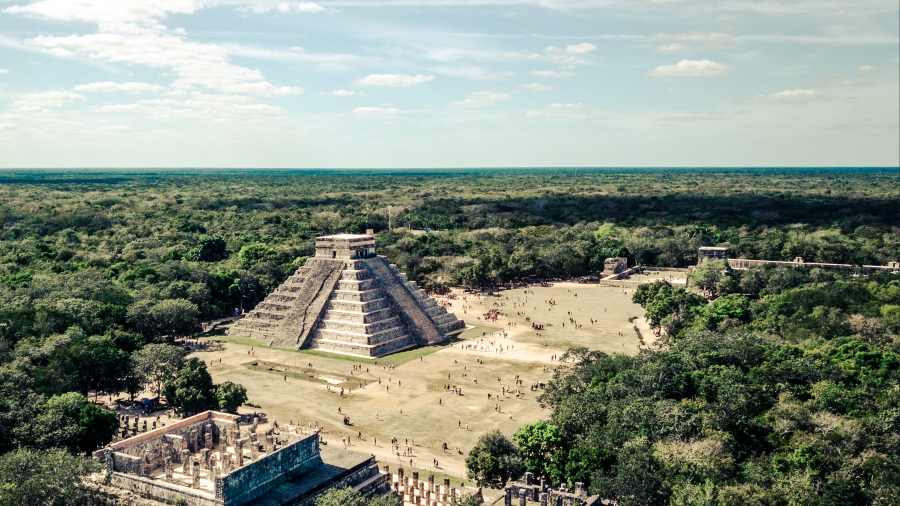
Chichén Iztá derives from the Mayan term “chi”, which means “mouths”, and “chen”, which means “wells”, while Itzá indicates both the tribe that settled there and something related to magic. It is located in the north of Yucatan, Mexico, and contains the ruins of the most impressive and best-preserved pyramids in the country, in an area of about three square kilometers between natural cavities of fresh water called “cenotes” which give them their name.
Advertising
It is impressive how behind each of the buildings in Chichén Itzá there are astronomical, mathematical, religious and mythological references. And even more impressive is that there is no definitive explanation as to why the Mayans abandoned the site. Pestilence? Final war? In any case, it is inevitable to think how small we feel in the face of such mysterious grandeur.
It is advisable to visit Chichén Iztá – a UNESCO World Heritage Site since 1988 – during the autumn and spring equinox of the boreal hemisphere, that is, around October 21st and March 21st. At these two times of the year, the sun is positioned exactly above the equator and the length of the day is almost equal to that of the night.
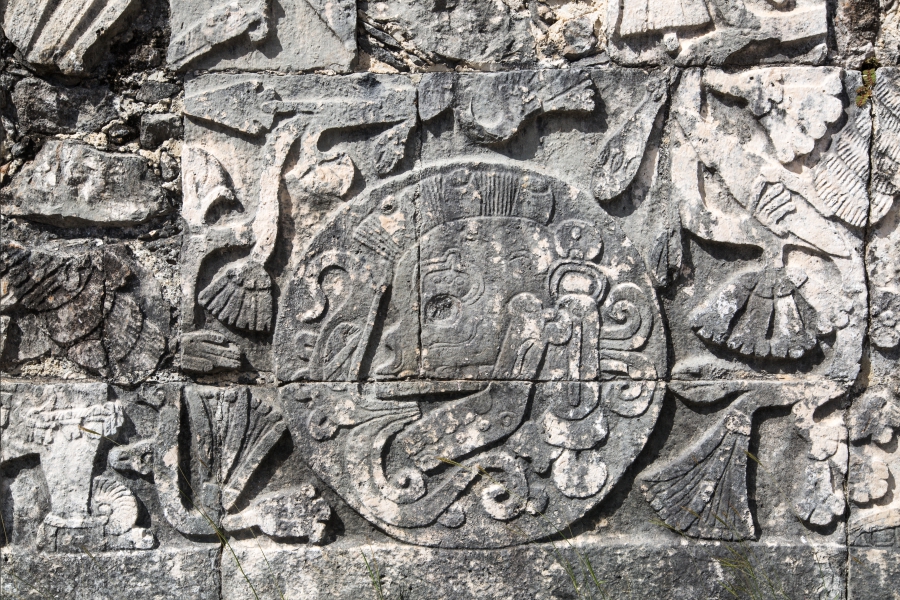
The sun’s rays fall exactly perpendicular to the Earth’s rotation axis and it is precisely for this reason that, in the great pyramid of Kukulkan, regarded as one of the seven wonders of the modern world, one can witness an impressive play of light and shadow.
On the northeast steps, on these two days of the year, we can admire a gigantic feathered serpent that descends and ascends the steps: it is the god Quetzalcoatl (whom the Mayans called Kukulkan), a mythical animal that symbolizes the cosmic principle of duality. The Mayans built El Castillo precisely so that on the two equinoxes there would be this particular optical effect. It used to be possible to climb to the top of the Castillo: the climb was banned after a tourist died in 2006 after falling from those high steps.
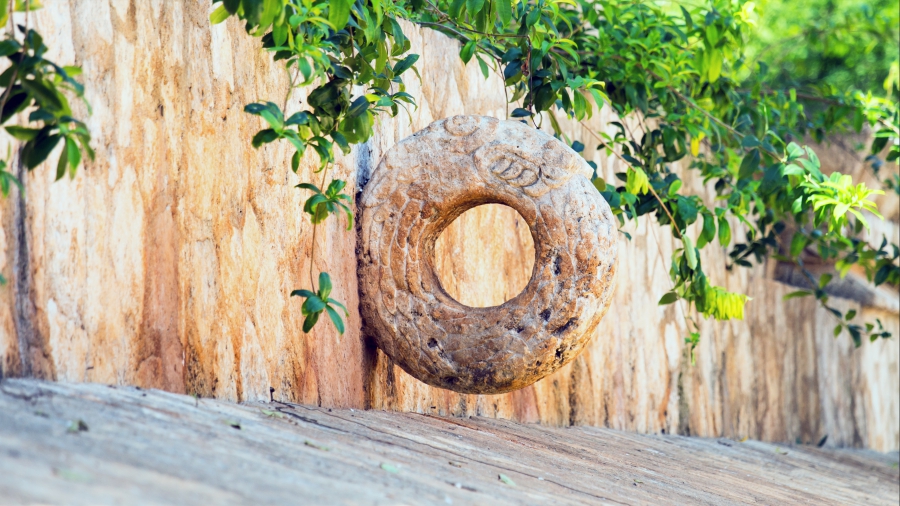
On the north side of the Chichén Itzá archaeological site lies the Sacred Cenote, a pilgrimage site for the Mayans and the reason why the most important city of the ancient pre-Columbian civilization was built in this corner.
There are many cenotes scattered around the area, which for the Mayans are not only important water reserves, but also passage points between earthly life and the afterlife.
On the eastern side is El Caracol. It is an astronomical observatory with a large circular dome built over a rectangular building, in the center of which is a wide staircase.
The entrance portals are aligned with the points of the vernal and autumnal equinoxes and, inside the observatory, the movements of the planets and the cycles of Venus were studied.
The Mayans played ball, but it had nothing to do with football. It was the pok ta pok or juego de pelota according to the Spanish colonizers.
The game was linked to the cult of the Sun, which had to shine again every day, leaving the world of darkness. The playing field represented the Earth, while the ball was the Sun.
▶ How to get there:
Maputo-Johannesburg- Maputo with LAM. Then Johannesburg-Cancun. And in Cancun take a bus to Chichén Iztá.
▶ Where to stay:
Hotel Chichén Itzá, breakfast included, around 100 euros for a standard double room.
▶ What to do:
Dive in the Ik Kil cenote, visit Valladolid and taste the Yucatan cuisine at the Selva Maya restaurant where the Ik Kil Cenote is located.
▶ Watch out for:
Stay hydrated. Wear comfortable shoes. Plan your route. Protect yourself from harmful UV rays. Avoid large crowds. Drones or tripods are not allowed.
Edição 80 Jul/Ago/ Set| Download.
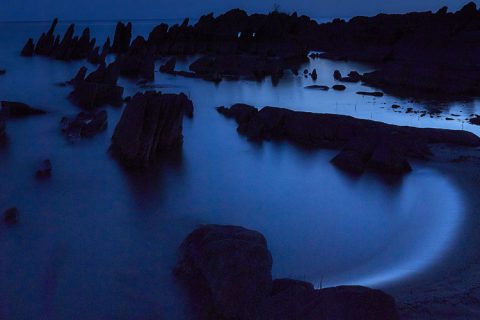


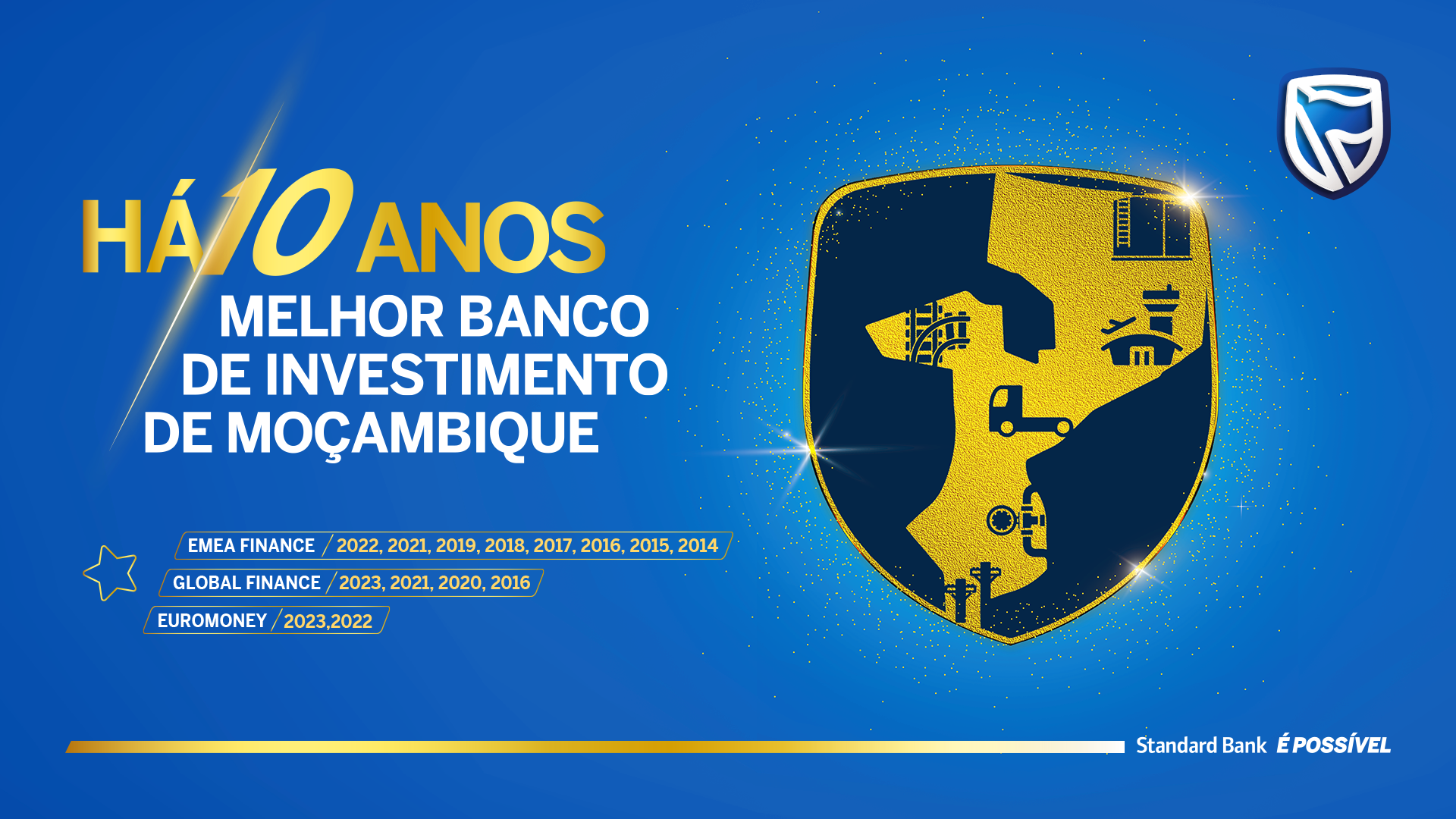
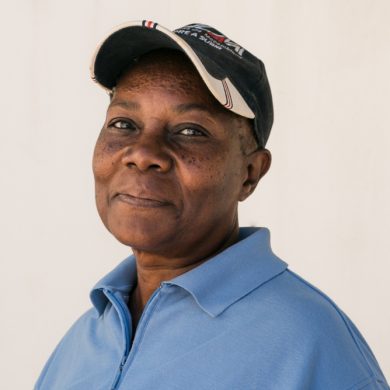
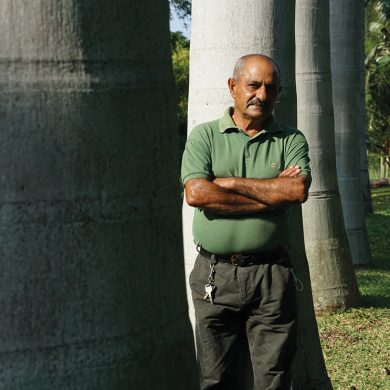

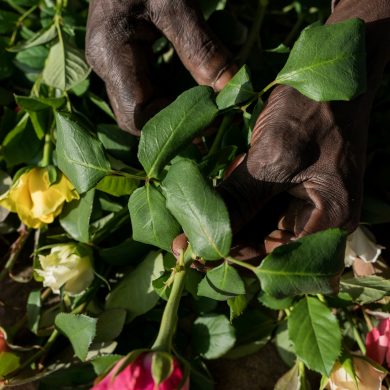
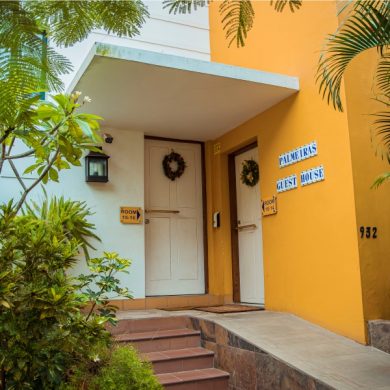

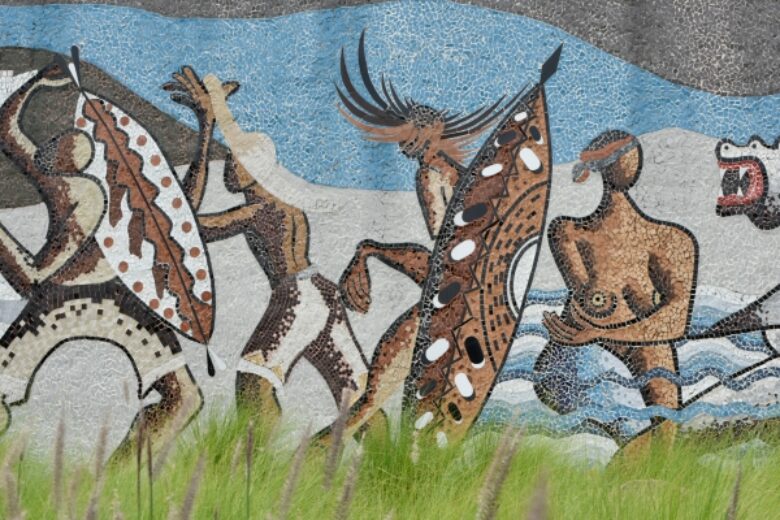














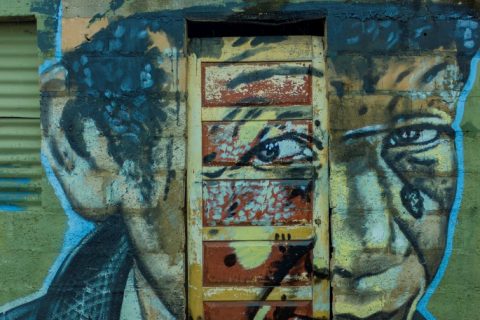





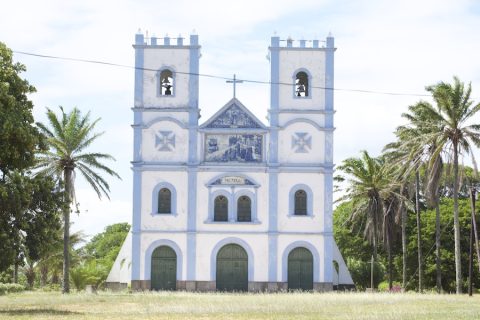
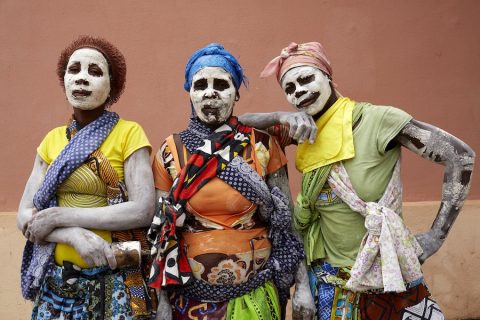
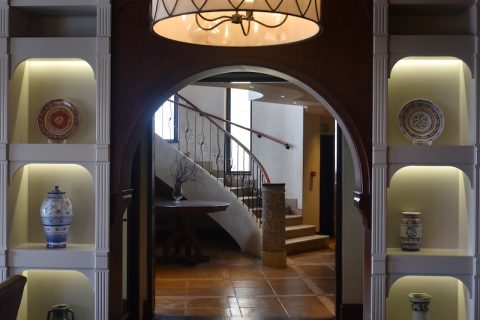


0 Comments